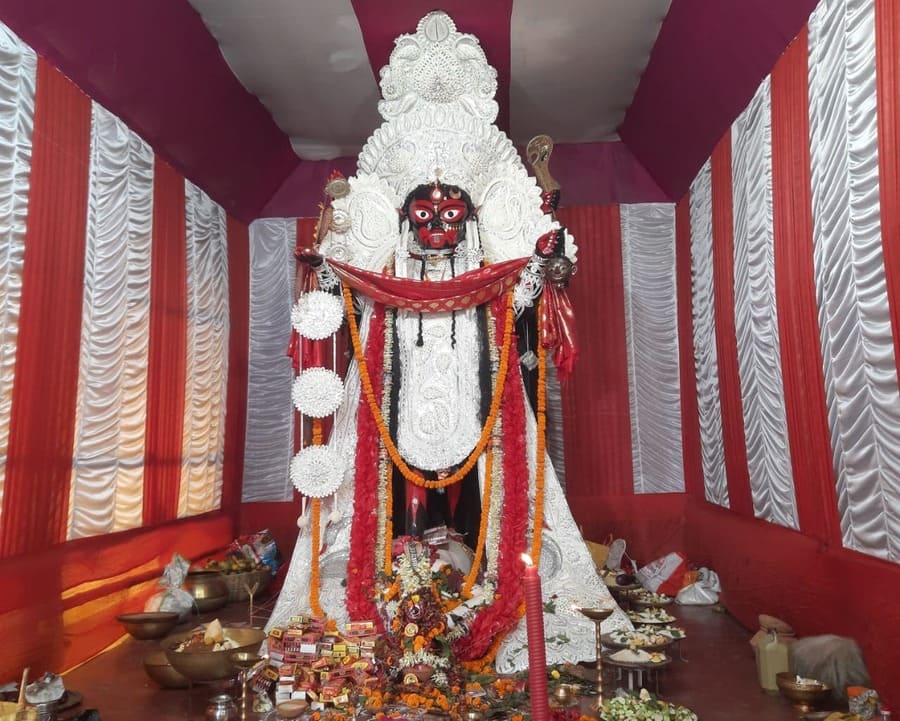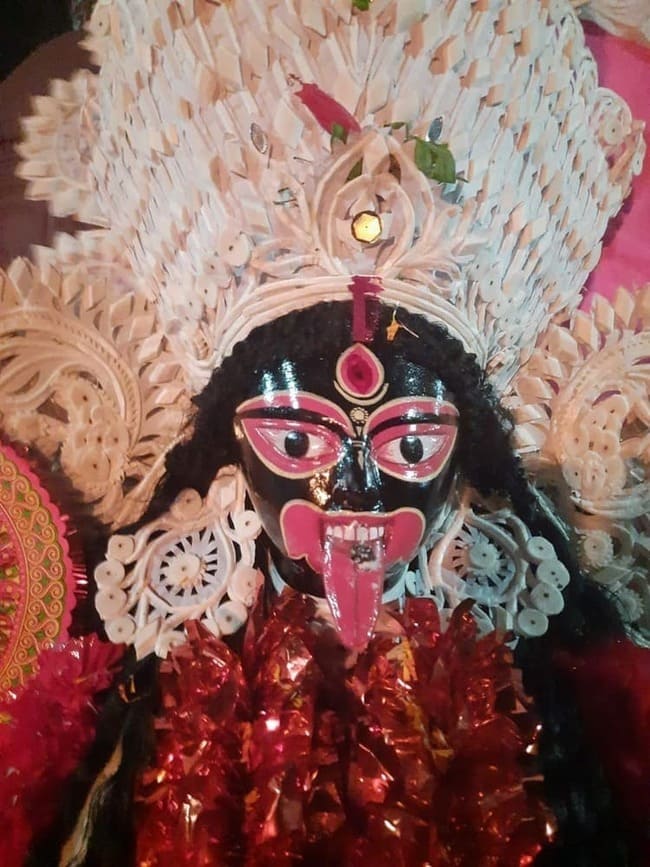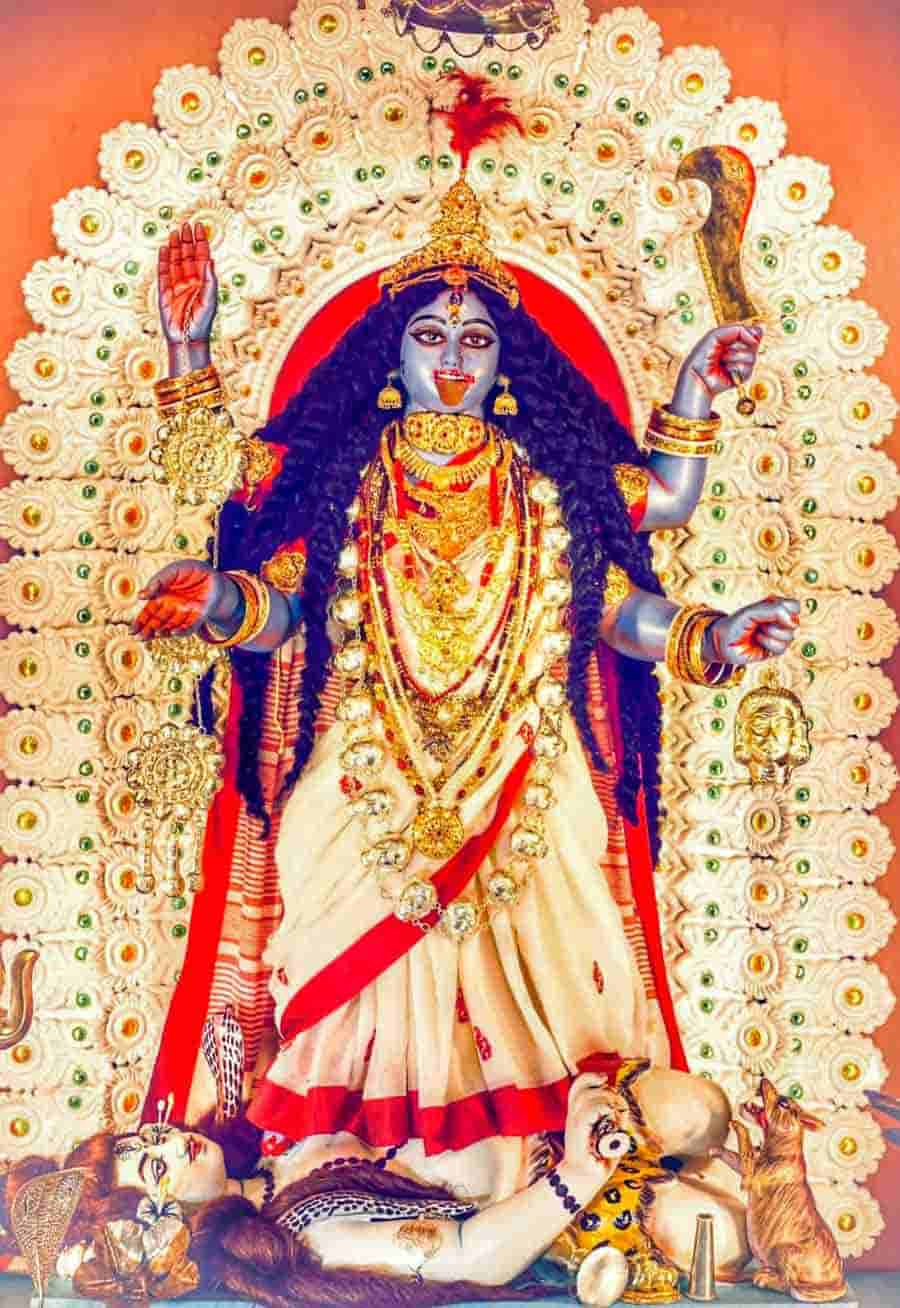Kali Puja, often overshadowed by the grand celebrations of Durga Puja, holds a unique and fierce place in the heart and heritage of Kolkata. Celebrated on the new moon night of the Hindu month of Kartik, coinciding with Diwali, it is a spiritual festival that has profoundly shaped the city’s cultural and architectural landscape. Tracing its history reveals not just a religious ritual, but a comparative study in devotion, evolving from private aristocratic ceremonies to a massive, inclusive public spectacle.
The Retrospective Roots: From Tantra to Tradition
While the worship of the goddess Kali, the fierce manifestation of Shakti, dates back centuries in Bengal’s Tantric traditions, the organized public celebration of Kali Puja in Kolkata is a relatively recent phenomenon, largely gaining momentum in the 18th and 19th centuries.
Historically, Kali worship was a deeply esoteric and often private affair, rooted in Shakta (Shakti-worshipping) principles. However, the rise of the nouveau riche Bengali gentry (Zamindars and merchants) during the British colonial period saw the public display of devotion as a marker of social status. Following the pattern set by the grand Durga Pujas, these affluent families began hosting elaborate Kali Pujas in their stately homes.
The 20th century marked the shift towards collective public worship, or barowari (community-organized) and later sarbojanin (for all people) pujas. This movement democratized the festival, moving it from the courtyards of the elite to decorated street corners and temporary community pandals, cementing Kali Puja’s status as an essential component of Kolkata’s festive calendar.

Pillars of Devotion: Kolkata’s Noted Kali Temples
The city’s heritage is inextricably linked to its major Kali temples, each narrating a unique chapter of devotion and power. These temples serve as the eternal epicentres of Kali worship, particularly during the annual festival.
1. Kalighat Temple: The Ancient Shakti Peeth
The Kalighat Temple is arguably the most significant of all, being revered as one of the 51 Shakti Peethas—sacred sites where body parts of the Goddess Sati fell. Legend suggests the toes of Sati’s right foot landed here. The main deity, Dakshina Kali, has a distinctive, unpolished stone form. The temple’s construction was largely completed in the early 19th century under the patronage of the Sabarna Roy Choudhury family, and the temple serves as the spiritual origin of Kolkata’s name (Kalikata).
2. Dakshineswar Kali Temple: Revival and Reform
Built in 1855 by Rani Rashmoni, the temple stands on the banks of the Hooghly River in the Nava-Ratna architectural style. Its history is inseparable from the life of Sri Ramakrishna Paramahamsa, the revered mystic who served as the temple’s priest. His devotion and spiritual practices at Dakshineswar led to a profound religious revival in Bengal, establishing the temple as a major hub for reformed Hinduism.
3. Thanthania Kalibari: The Living History
Located in North Kolkata, the Thanthania Kalibari was established in 1803 by the Zamindar Sankar Ghosh. It is dedicated to Siddheshwari Kali. The temple is unique for its annual practice where the clay idol is replaced and freshly worshipped every year before immersion (mrinmayee protima), preserving traditional Bengali customs and rituals associated with the worship.
4. The Tradition of Samshaan Kali
While not a single temple, the worship of Samshaan Kali (Cremation Ground Kali) represents the festival’s most esoteric and primal heritage. Kali is believed to dwell in the shmashan (cremation ground), symbolizing her role as the ultimate destroyer of ego, illusion, and the life cycle itself. Historically, the fearsome Dakat Kali Pujas (often performed by dacoits) were held in desolate areas, often near cremation grounds, seeking her blessing for success. The tradition of Samshaan Kali worship remains vital, reflecting the deep Tantric roots of the goddess’s cult in Bengal, where devotees seek liberation by confronting mortality.
5. Phiringee Kali Bari: A Fusion of Faith
Located on Bowbazar Street, the Phiringee Kali Bari holds a fascinating socio-cultural history. The name “Phiringee” (foreigner) is popularly linked to Anthony Phiringhee, a Portuguese poet-minstrel who became a devout Kali worshipper in the early 19th century. Another account suggests the name arose because the temple’s goddess was highly revered and received offerings from the Eurasian and foreign residents of the locality after a low-caste priest, Srimanta Dom, was said to have cured them of smallpox. This temple symbolizes the cross-cultural pollination that defined colonial Kolkata, where the fierce Bengali goddess found devotion among varied communities.



